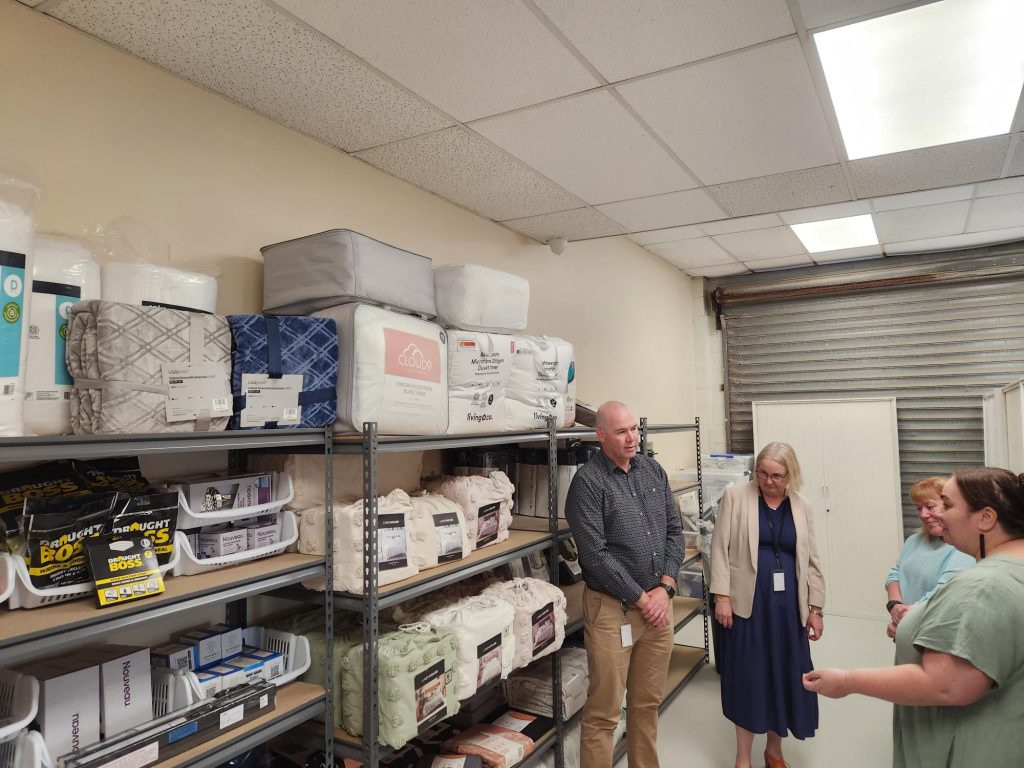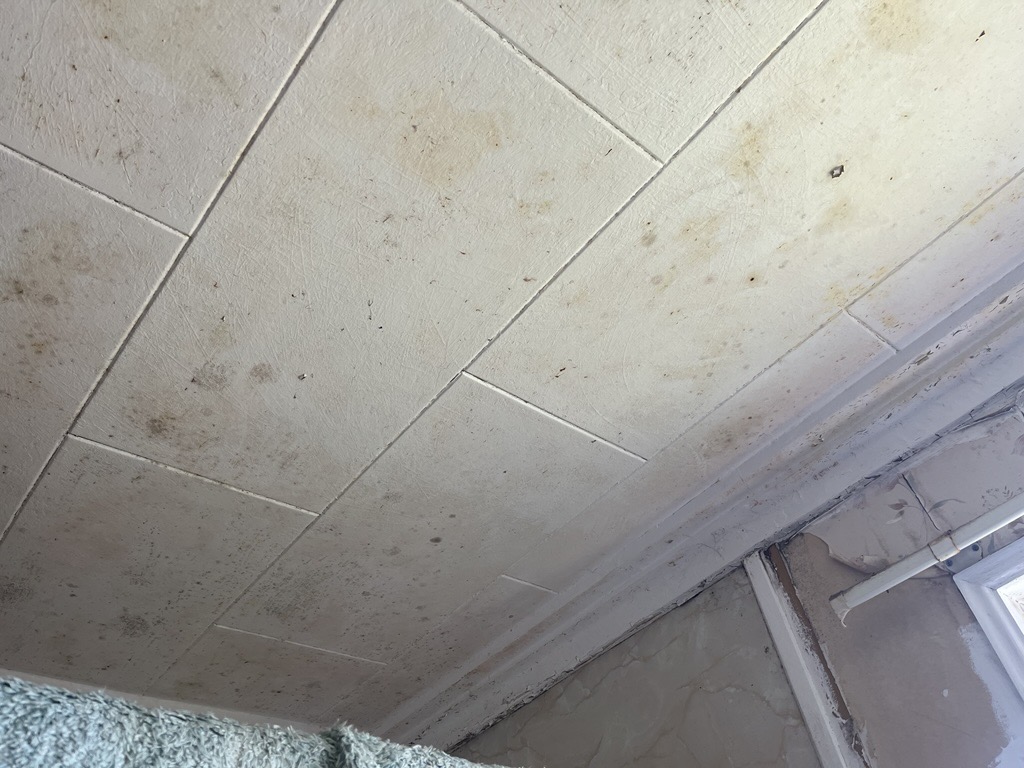It’s true that winter is always the most costly season when it comes to power bills. But did you know your power bill could be increasing even more than normal this winter?
There are two main reasons for this. First, line charges are increasing. This is due to increased investment to deliver a more reliable, safe and resilient electricity network. It follows a decision by the Commerce Commission to allow greater investment in this area.
Secondly, there’s the phase-out of the low-user tariff. According to a recent report, 40% of Kiwis could end up paying more for their power as a result of this change—especially single-person and low-income households.
So, how can you save money on your power bill?
There are plenty of ways to make sure you’re not paying more than you need to. Some of these involve making your home more energy-efficient, while others are about being smart with how and when you use electricity. Here’s what you can do:
1. Ensure Your Home is Properly Insulated
Heating a home that isn’t well insulated is like trying to heat the outdoors—your warmth (and money) literally escapes through the roof, walls, and floor. Insulation is one of the most effective ways to reduce your heating costs, making your home warmer in winter and cooler in summer.
And the best news – you could be eligible for grants or subsidies to insulate your home. To find out if you are eligible check out our grants and subsidies page.
2. Check the Age and Efficiency of Your Heat Pump
Is your heat pump more than 8–10 years old? Older models tend to be far less efficient and could be chewing through more electricity than necessary.
Replacing your old heat pump with a modern, energy-efficient one can significantly reduce your power use—especially in winter. What’s more, you might be eligible for a grant covering up to 95% of the cost if you meet certain income or housing criteria.
Modern heat pumps:
- Use less power to generate the same amount of heat
- Work more efficiently even in colder temperatures
- Often come with smart features to help optimise your energy use
3. Consider Double Glazing
Windows can account for up to 40% of heat loss in an uninsulated home. Double glazing helps keep the warmth inside, reducing the amount of heating you need to stay comfortable.
Even just double glazing the most-used rooms—like your living room or bedrooms—can make a noticeable difference to both warmth and power use. Alternatively, secondary glazing kits offer a more affordable DIY option.
Find out more about Double Glazing from Awarua Synergy.
4. Check You’re on the Right Power Plan
Not all power plans are created equal. With the low-user tariff being phased out, many people are finding that the plan that used to suit them no longer does.
Use tools like Powerswitch.org.nz to compare different electricity retailers and plans based on your actual usage. Sometimes just switching to a different provider or plan could save you hundreds of dollars a year.
💡 Pro tip: Consider whether a plan with time-of-use pricing (cheaper off-peak power) could work for your household, especially if you can run appliances like dishwashers or washing machines outside peak hours.
5. Use Energy-Efficient Lighting
LED technology has leapt forward in the last few years, and you can now capitalise on light bulbs and lighting systems that provide much better light, reduce power usage, and last far longer. Since LED lights can use up to 85% less electricity than old bulbs, you will definitely notice the change on your power bill, especially in the darker, winter months.
Find out more about LED lighting from Awarua Synergy.
6. Ensure You Have Energy-Efficient Appliances
When it comes to replacing your household appliances, make sure you check for EnergyStar ratings. While they might cost a little more to purchase, appliances with good energy ratings cost less to run and can definitely save you money in the longer term.
Make sure that you unplug unused devices – many electronics use power, even when they are on standby. Gaming devices are a great example of this, so if you have teenagers in the house it pays to ensure they are powering off devices!
7. Use Curtains and Blinds Effectively
Heavy, lined curtains that are well-fitted (ideally floor-length) help keep the warmth in at night. Open them during the day to let the sun in, and close them as soon as the sun goes down.
Honeycomb blinds are also a great way to ensure as little of your heat escapes from windows at night. These blinds are the best blinds for insulation because their cells have a pocket of air that acts as a barrier, much like double glazing.
8. Reduce Moisture in your home
Moisture in the air makes your home feel colder and harder to heat and a great way to reduce your power bill is to reduce moisture. Check out our blog with plenty of ideas of how to reduce moisture in your home.
So what’s next…
While line charges and the end of the low-user tariff are beyond our control, you still have plenty of power (pun intended) to reduce your household energy costs. From insulation to smarter usage and better planning, even small changes can lead to big savings over the winter.
At Awarua Synergy we have access to a large number of grants and subsidies to help you save! To find out more book a home assessment now.









